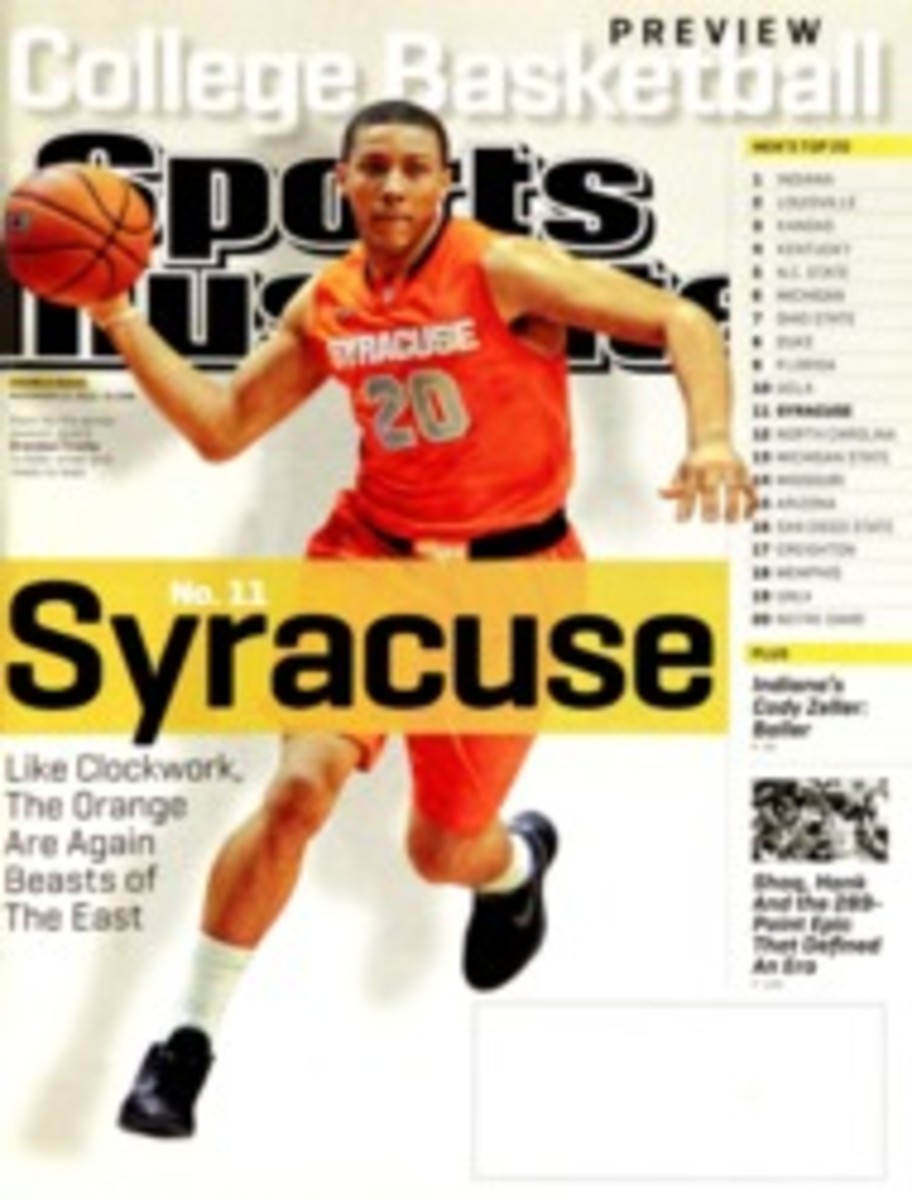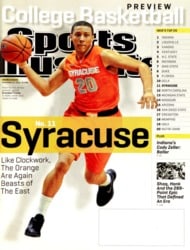
First Steps Matter
For the New York City Marathon, it was a matter of not knowing how bad it was until it was too late. I had been invited by the New York Road Runners to a race-week reception to accept an award for my writing about running. But from the distance of my home in Eugene, Ore., it seemed inconceivable that a 26-mile race could be run through the city just six days after the storm, with fires having leveled blocks in Queens, with neighborhoods in Brooklyn under eight feet of water, with the subways and the airports flooded and 40,000 left homeless. It seemed best to stay home, give to the Red Cross, light candles for the dead and not be a bother to people in genuine need.
But then Mayor Bloomberg pushed for the race to go on. Marathon director and NYRR president and CEO Mary Wittenberg's teams scouted the course and failed to discover anyone in need near the start in Staten Island. The NYRR announced the event would take place as scheduled on Sunday. I saw in that decision an act of pure marathoning nature, our keeping on, going step by step, mile by mile. I saw our defining tenacity, and how we become stronger through enduring.
I had to show solidarity. I caught one of the first flights into Newark last Thursday. From the air, I was struck by how the trees in Manhattan's Riverside Park were undamaged but gas lines in New Jersey went for miles. "Either power or gas," lamented my cab driver. "But not both."
That night the news showed a woman from Staten Island crying out with justifiable anger that her family, her neighborhood had been abandoned. All were in mortal need. I couldn't get her voice out of my head.
I should have known right then that if the marathon couldn't do anything to shelter and feed those people, it shouldn't be held. But that didn't fully register. I had been a marathoner in the 1972 Olympics, and in my remarks at the reception the next morning I invoked how we athletes had grieved after terrorists murdered our Israeli fellow Olympians. I said we had channeled our sorrow into performance. Frank Shorter had done it so well that he won. I urged all 47,000 runners to channel their grief and be stronger for it.
But this was a rotten parallel. In Munich we'd had some time to grieve. The killing was over. In New York it was as if the firefight were still raging, people still bleeding and screaming.
And New York rose up to declare that. Pressure on the race came from everywhere. Runners were blasted for simply running. Julie Culley, an Olympic 5,000-meter runner, had been preparing for her first marathon. "People have been tearing me apart on Twitter," she said. "Cursing at me. This [hostility] just doesn't happen in our sport. I think the marathon is turning into the scapegoat for the city."
The mood quickly turned vicious. There was grumbling that the city's resources should be reserved for relief efforts and even talk of not being able to guarantee runners' safety on the course.
At last, on Friday, the organizers, after frantically considering alternatives, did the right thing and called it off. NYRR board chairman George Hirsch then recalled the event's ironic history. "The race was conceived in crisis," he said. "In 1976 the idea of a citywide marathon was unheard-of. It was the Bicentennial, and the city was on the verge of bankruptcy. We went to the mayor, Abe Beame. We said the marathon could be unifying, really tying together the boroughs. The mayor agreed, and it became the most unifying day of the year. So as the desperation of the people became clear—the 40-block gas lines, the devastation on Staten Island, the anger building—we would have sacrificed the founding idea of unity if we had run it."
Whether it was after 9/11, or the murders in Munich, the question is always when is it moral to return to normal? And nothing else underlines that quandary more vividly than sports. The problem is negotiating the disconnect between what can seem our callous, even selfish, urge for familiar distractions and others' rightly embittered rage. We seem to have to measure our ease against others' pain before we can be of service.
Marathoners quickly found ways to redirect their energies. Jordan Metzl, a sports surgeon and marathoner, created a Facebook page urging runners to head to Staten Island with donated material. Marthoners Jaclynn Larington and Sarah Hartmann started NYCMore2012.org, to connect and organize volunteers in the worst-hit communities. "The response has been amazing," said Larington. "I think a lot of good will come out of this." (On what would have been race day an estimated 10,000 runners would put their energies into relief work.)
But Culley's suspicion that the marathon was being unduly scapegoated had some merit. At the Giants-Steelers game on Sunday in East Rutherford, N.J., few thought it was too early to return to sports. Prevailing opinion was that the game was serving the same reunification duty that had been the inspiration for that first five-borough race.
"Having sports events is great," said Pete Moog, a retired NYPD detective who put in 23 years on the force. He's from Tottenville, on devastated Staten Island. For three days last week he took his tailgating grill and a school bus painted Giants blue and fed the hungry in his hometown.
"After 9/11 going back to sports was to show the terrorists that we weren't going to cave to anything," he said. "This shows how resilient we are as Americans."
The New York City Marathon and its tens of thousands of runners are counting on that. "Next year," says Wittenberg. "Next year it will be the greatest ever."
Kenny Moore is a former senior writer for SI and a two-time U.S. Olympic marathoner.

